|
Station and Shuttle Tracking |
|
|
The official NASA tools for tracking
the International Space Station and Space
Shuttle can be found on the Human
Space Flight Web site.
Shuttle and Station tracking are no longer
available on J-Track. Many uncrewed satellites
still remain available, however.
|
|
|
 |
 |
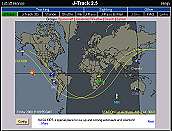
|
Live
2D Java Satellite Tracking
Maps
J-Track 2.5 is a
great way to locate
Hubble Space Telescope,
Chandra X-Ray Observatory
or any of your favorite
satellites other
than International
Space Station or
Space Shuttle (see
below)
+ Astronomy (Hubble,
Chandra, etc.)
+ Earth Observation
+ Amateur (HAM) Satellites
+ Weather Satellites
+ Search and Rescue Satellites (some are multi-purpose)
+ Digital Radio
|
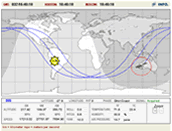
|
Human
Space Flight's Tracking
Map
This JAVA Applet, a part of the Human Space Flight web site, shows the position of the International Space Station and, when it is flying, the Space Shuttle.
+ Human Space Flight - Orbital Tracking Page
|
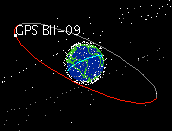
|
Live 3D Java Tracking Display
Did you know there
are over eight thousand
artificial objects
orbiting Earth? Over 2,500 are satellites, operative and inoperative.
The remaining objects are orbital debris: parts such as nosecone
shrouds, lens, hatch covers, rocket bodies, payloads that have
disintegrated or exploded, and even objects that "escape" from
manned spacecraft during operations.
J-Track 3D is one
of the most popular Java applets on our web site. It shows
900 satellites, out of thousands, swarming about our earth. You
can rotate the display and modify all kinds of settings. The
display will also zoom in and out.
|
|
|
Predictions
for Viewing Space Station,
or Other Satellites
Provided by the
Human Space Flight
web site, the Sighting
Opportunities web page provides tables of sighting opportunities
for Space Station
by cities around
the world. A java
applet, Skywatch
2.0 provides information
you need to view
Internation Space
Station, the Shuttle
(when it is flying),
and any of seven
other satellites
from wherever you
are in the world. Also
+ Human
Space Flight - Sighting Opportunities
Page
+ Skywatch
2.0 Java Applet
|
|
|
Predictions for Viewing
Unmanned Satellites
J-Pass is no longer
fully supported,
but is still available
for finding predictions
and sky charts for
satellites besides
Space Station and
Shuttle. It doesn't
know about new Zip
Codes created in
the last couple of
years, but it will
work with Latitude
and Longitude for
any location.
|
|
|
J-Pass E-mail Generator
Generates
e-mail messages with
a 3-day forcast of
upcoming satellite
passes for your particular
location (except
for Space Station
of Shuttle - see
Human Space Flight's
Skywatch
2.0 above
for that information).
Select frequency
of reports (3 times
a week, or just on
Fridays), the satellites you're interested
in, and what mail
format (HTML or not) you prefer.
+ J-Pass E-mail Generator
Sign-Up
+ J-Pass Generator Help
|
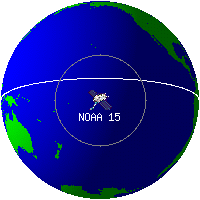 |
Live 3D Tracking Snapshots
These very popular
snap-shot picture update every minute. For those without Java in their web browsers or on systems without Java, these are for a great way to follow allong with the tracking of satellites. We
create images for the following satellites:
+ Hubble Space Telescope
+ Chandra X-Ray Observatory
+ NOAA
15
+ NOAA
16
+ NOAA
17
+ NOAA 18
|
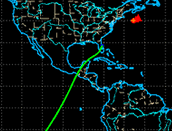 |
Landing
Ground Tracks
Precicted landing
tracks for recent
or upcoming Shuttle
flights, provided
by the Human Space
Flight web site.
+ Landing
Ground Tracks
+ Deorbit and
Landing Preliminary
Advisory FAQ
|
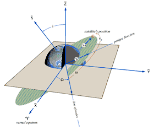 |
Orbital
Elements
Orbital Elements
are the basic mathematical
descriptions necessary
to describe a satellite's
position and orbit. NASA's
Human Space Flight
web site provides
elements for Station
and Shuttle. Celestrak,
and non-NASA site,
provides elements
for hundreds of
different satellites.
+ Human
Space Flight's
Orbital Elements
Web Page
+
Shuttle Orbital
Elements
+ International
Space Station Orbital
Elements
+ Celestrak
|
|
|




